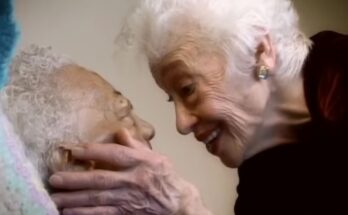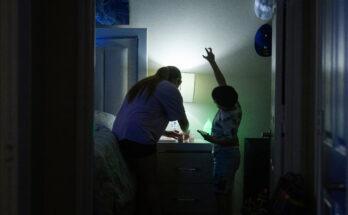Odds are your adolescent has already encountered online pornography. Your role is to openly address it, scholars say.. The average American first sees online pornography at age 12, and nearly three-quarters of all teenagers have encountered it, according to a 2023 survey of adolescents by Common Sense. It’s enough to make most any parent squirm, but Brian Willoughby, a social scientist at Brigham Young University who studies the pornography habits of adolescents and the impact on relationships, has some advice: “Don’t panic.” Instead, he says, help your child understand that “this is a normal and acceptable topic, even if you’re stressed out.” Here are some suggestions for how to broach the subject:. Build a Dialogue. First, try to take some of the intense emotion — yours and your child’s — out of the conversation. “Start with helping them feel calm and validated,” Dr. Willoughby said. “They can’t have a conversation with you if they are feeling strong emotions.” Then, he said, “assess their reaction to porn — were they excited, disgusted, attracted, disinterested? — and make them feel safe sharing this with you.”. That shared trust forms the basis for a next step, he said: “Tie your own values into the conversation. Share what your view of porn is and why.”. He noted that adolescents crave a clear explanation, not merely a pronouncement that pornography is “wrong.” Dr. Willoughby suggested that parents “talk through some of the details of porn to point out problems with expectations and intimate behaviors” and then “tie these thoughts and views to your overall hopes and values about sexual intimacy.”. Try Content Blockers. Numerous phone and computer apps offer help blocking pornographic content.. These can “potentially buy a few years of protection” if loaded on a child’s phone and other devices, said Melea Stephens, a family therapist in Alabama who speaks to universities, legislators and church groups about the harm that exposure to pornography can present to children and teenagers.. Despite such barriers, studies indicate that most young people will stumble across the content or find their way to it. At that point, Ms. Stephens said, parents should take their adolescent aside and “explain the difference between a real, loving, mutually respectful romantic relationship and the destructive dynamics and meta-messages being depicted in pornography.”. We are having trouble retrieving the article content.. Please enable JavaScript in your browser settings.. Thank you for your patience while we verify access. If you are in Reader mode please exit and log into your Times account, or subscribe for all of The Times.. Thank you for your patience while we verify access.. Already a subscriber? Log in.. Want all of The Times? Subscribe.




